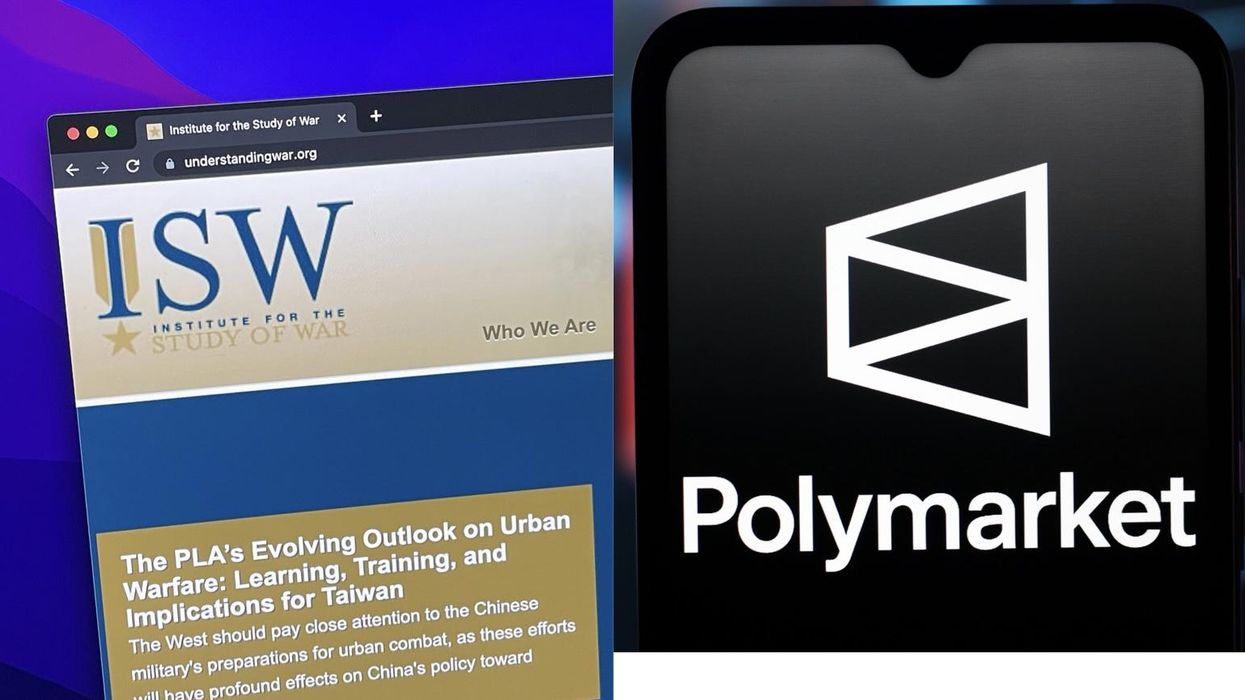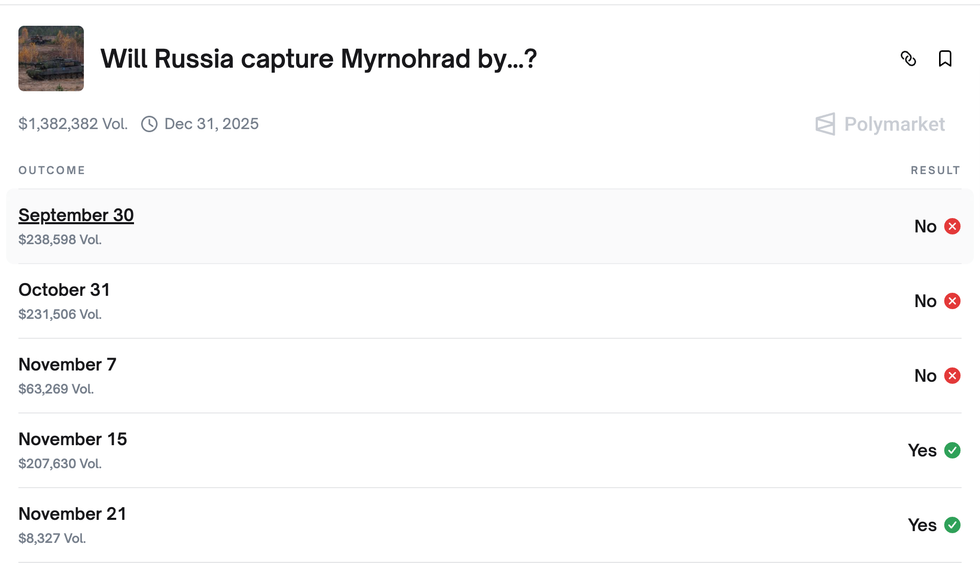For nearly two decades now, Iran’s nuclear program has represented a global concern debated in the media on a daily basis, and world leaders have made every effort to find a way out of this intractable dilemma.
Iran insists on the peaceful nature of its nuclear program, remains adamant that it should be entitled to enrich uranium unrestrictedly, has consistently worked on the development of advanced centrifuges and heavy-water reactors, and at times has been accused of covering-up its past nuclear activities.
Lamentably, the sizeable investment Iran has made on its nuclear mission has yielded little concrete outcomes its people can discern other than underpinning an international consensus against the country, with friends and foes berating it for having initiated a crisis of global proportions, and penalizing it with unsparing economic sanctions.
Approximations about Iran’s nuclear expenditure vary markedly as the government hasn’t ever released a breakdown of how much money it has ploughed into this ambitious venture. For instance, the Arab Strategy Forum estimates that Iran has spent between $800 million and $1.3 billion on its nuclear infrastructure until 2004, in addition to a whopping price tag of $12 billion for the construction of the Bushehr Nuclear Power Plant, one of the world’s most expensive reactors. Add to these outlays the operational costs of nearly $80 million per year for exploring and extracting uranium ore and $27.8 million for the maintenance of reactors.
But when the impact of the nuclear-related sanctions is factored in, we arrive at a thumping tally of $500 billion, which is the aggregate loss the national economy has incurred up to 2016 when the Joint Comprehensive Plan of Action was agreed and Iran was provided with some economic relief.
Iranian authorities have consistently maintained what they are after is nuclear technology for civilian purposes and that a fatwa by the Supreme Leader has outlawed the pursuit of nuclear weapons. Their talking point is that the current modes of electricity production are not workable, and the country needs nuclear technology to replace an outdated national power grid.
But then, against the backdrop of three decades of an exorbitant nuclear quest, critics ask, has Iran been able to even light up its Bushehr reactor with nuclear electricity? Why is the country reeling from so many power cuts? If electricity is the target, then why do the authorities raise the alarm of 60 percent uranium enrichment, and warn they may even leapfrog to 90 percent levels? What about threats to pull out of the Nuclear Non-Proliferation Treaty?
I am not willing to make ungrounded speculations and argue Iran is on a stealthy path to nuclear weapons, contradicting its leadership’s assurances that nuclear arms are irrelevant to the country’s defense doctrine.
Yet, it is clear that for Iran, its nuclear program has now morphed from a technical project into a conduit for engagement with the outside world. Most probably, it is that Iran’s nuclear enterprise will continue being an inconclusive initiative that will neither ever generate electricity nor atomic warheads to be mounted on its ballistic missiles. Nevertheless, whenever Iran is treated favorably and welcomingly by the world powers, it slams the brakes on the cycle of its nuclear activities, and when the pressure is ramped up, it speeds up its exploits, pursuing an idiosyncratic style of diplomacy.
Also, Iran, with ambitions to emerge as a new power, conceives its nuclear craft as a countervailing force against pressure from the international community about its regional activities and human rights record. Iran’s decision-makers also appear to feel it is best to use the nuclear issue as leverage in realms where Tehran lacks bargaining chips and negotiating power.
This is a vicious cycle that will continue devouring Iran’s financial resources, and has effectively taken its foreign policy hostage. These days, it is impossible for Iranian officials to confer with their foreign counterparts without the nuclear issue being brought up. This is a major bind for a country that has much to offer to the world, instead of a nuclear threat: high-quality petroleum, home-grown industries, exceptional natural and cultural attractions, gifted young scientists and engineers, and a rich history to be explored.
The world is instead preoccupied with how much Iran will bump up its uranium enrichment, whether or not it will abandon the implementation of the Additional Protocol for verification of nuclear safeguards, and if it will proceed with plans to construct a new heavy-water reactor.
Within the context of a healthy conventional relationship built on shared interests, these types of questions would be immaterial. The fact that discussions around Iran these days invariably revolve around such trifles means Iran’s relationship with the world is deficient in some, if not many respects.
Iran’s leadership should make a bold decision that it wants its foreign relations, and the lives of its people, to be extricated from the shackles of its nuclear endeavor. And it should be afforded a face-saving solution.
The JCPOA was a decent beginning, and a solid non-proliferation accord with dividends for the international community. While Donald Trump tried to kill the agreement, it can be revived. Iran can take conciliatory steps signaling that it is determined to ensure this vicious circle is broken, and the international community should show its goodwill by engaging Iran constructively.
To warrant that its foreign relations and trade are normalized and that it is no longer deemed a threat to global peace and stability, Iran should consider every reasonable alternative available. It is not viable for a country as pivotal to global energy supply as Iran, with a leading role to play in the geopolitics of West Asia, to be perennially projected as an imminent challenge, and to be increasingly isolated, only because of its obsession with centrifuges and yellowcake.
After, inshallah, the United States. and Iran return to the confines of the nuclear deal, Iran’s options can include accepting permanent curbs on its nuclear activities beyond those stipulated by the JCPOA , converting its nuclear program into an international consortium for partnership with countries that possess the knowhow of developing nuclear technology, or, in the most pessimistic scenario, abandoning its nuclear initiative altogether and instead embracing clean and safe alternatives for energy production such as solar and wind power, and biomass energy, in which Iran has disappointingly made paltry investments.
If by any stretch of imagination, Iranian leadership counts on its nuclear industry as a means of deterrence, it would be useful for it to meditate on the experience of the Soviet Union: its massive arsenal of 35,000 nuclear weapons in stockpile didn’t save it from disintegration. And let’s call a spade a spade: without a meaningful rapprochement with the world powers, Iran will not be trusted with a nuclear enterprise, even given the outrageous Western double standard whereby Israel, a non-signatory to the Non-Proliferation Treaty, maintains its own substantial nuclear arsenal, not to mention that of neighboring Pakistan.
Diplomacy and global integration guarantee the continuity of a political system and promote the well-being of its populace. Iran is able to revive the momentum that led to the JCPOA, this time, perhaps to achieve something more sustainable. And there shouldn’t be so much wrangling on who goes first, either: in building confidence, competition should be about the quality of engagement, not the sequencing of steps.

















